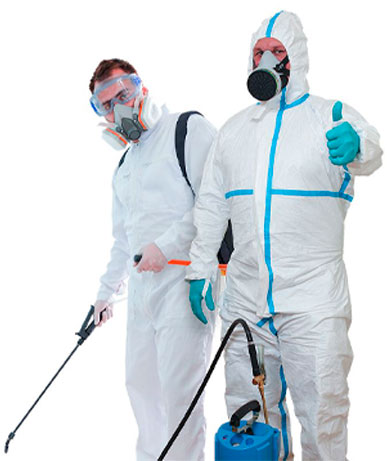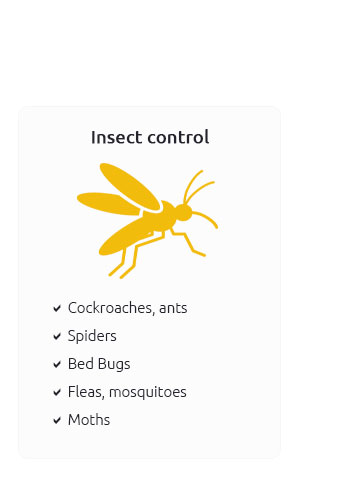 |
|
||||||
 |
 |
 |
 |
 |
 |
 |
 |
 |
 |
 |
 |
 |
Understanding Wasp and Nest Killers: A Comprehensive GuideWhen the sun-drenched days of summer invite us outdoors, the last thing we wish to encounter is the intimidating presence of wasps. These winged insects, while crucial to our ecosystem as pollinators, can pose a significant nuisance and sometimes a threat, especially to those with allergies. Consequently, the demand for effective wasp and nest killers has surged, offering a plethora of options to manage these unwanted guests. The quintessential wasp killer is typically an aerosol spray, designed to deliver a potent insecticide capable of neutralizing wasps on contact. These sprays often contain active ingredients such as pyrethroids, which are synthetic chemicals modeled after the natural insecticide pyrethrin, derived from chrysanthemum flowers. The efficacy of these sprays is enhanced by their ability to reach nests located in high or hard-to-reach places, thanks to their powerful jet sprays. However, not all wasp issues require such aggressive measures. For those with a more environmentally conscious mindset, there are alternative solutions. Natural wasp repellents, which often include ingredients like peppermint oil or vinegar, can deter wasps without the use of harsh chemicals. Moreover, physical traps that lure wasps in with bait and prevent their escape offer a non-toxic method of control. Choosing the right solution often depends on the severity of the wasp problem. A single, errant wasp may require nothing more than a gentle redirection, while a full-blown infestation might necessitate the expertise of a professional pest control service. In cases where nests are involved, it's crucial to address the issue promptly and effectively, as nests can grow rapidly, leading to an increased risk of stings and aggressive behavior from the colony. It's important to approach wasp extermination with a sense of caution and respect. Wasps are not inherently malevolent creatures; they play a vital role in controlling other pest populations and pollinating plants. Therefore, when choosing a wasp and nest killer, one must balance the need for safety with ecological considerations. Frequently Asked Questions
https://www.nytimes.com/wirecutter/reviews/best-hornet-wasp-spray/
These are quick and effective against the insects that are currently in the nest, and they typically leave a residue that will kill returning ... https://www.amazon.com/Raid-Wasp-Hornet-14-Ounce-Cans/dp/B003AOA3NC
Amazon.com: Raid Wasp and Hornet Killer Spray, Kills the entire nest, Kills Paper Wasps, Yellow Jackets, Mud Daubers and more, 14 oz (Pack of 12) : Patio, ... https://www.blackflag.com/products/outdoor-products/foaming-wasp-hornet.aspx
Foaming Wasp & Hornet Killer (Aerosol) - Blanketing foam - Kills by contact - Up to 20 ft jet spray - Designed to kill wasps, hornets and yellow jackets - This ...
|



